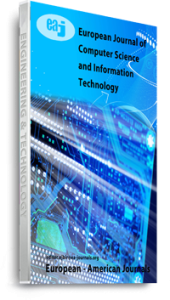The rapid evolution of business environments has necessitated rethinking traditional Enterprise Resource Planning (ERP) systems, which often struggle with flexibility and adaptability. This paper examines the transformative concept of composable ERP architecture, which offers a more scalable and adaptable framework for enterprise systems. Unlike monolithic ERPs, which can be rigid and challenging to customize, composable ERP architectures enable organizations to assemble, modify, and integrate various functional components tailored to their needs. By examining the historical progression of ERP systems, from Material Resource Planning (MRP) to modern cloud-based solutions, this paper highlights the limitations of traditional systems, including vendor lock-in and high customization costs. As the market demands agility and rapid innovation, composable ERP emerges as a vital solution, fostering the operational efficiency and responsiveness necessary for contemporary businesses. Through a modular approach, organizations can enhance their decision-making capabilities, streamline processes, and adapt to changing market conditions, thereby positioning themselves for sustainable success in a competitive landscape. The paper concludes by outlining the key principles and benefits of a composable ERP architecture and discussing future research directions.
Keywords: Cloud Technologies, ERP, composable architecture, microservices, modularity

